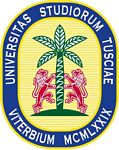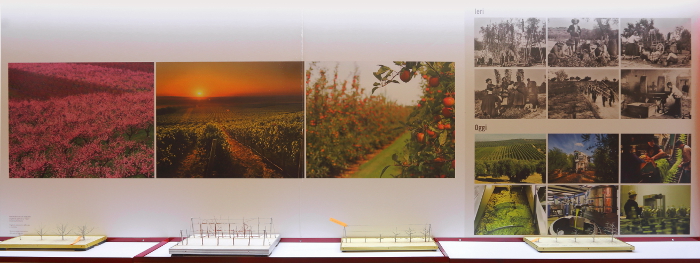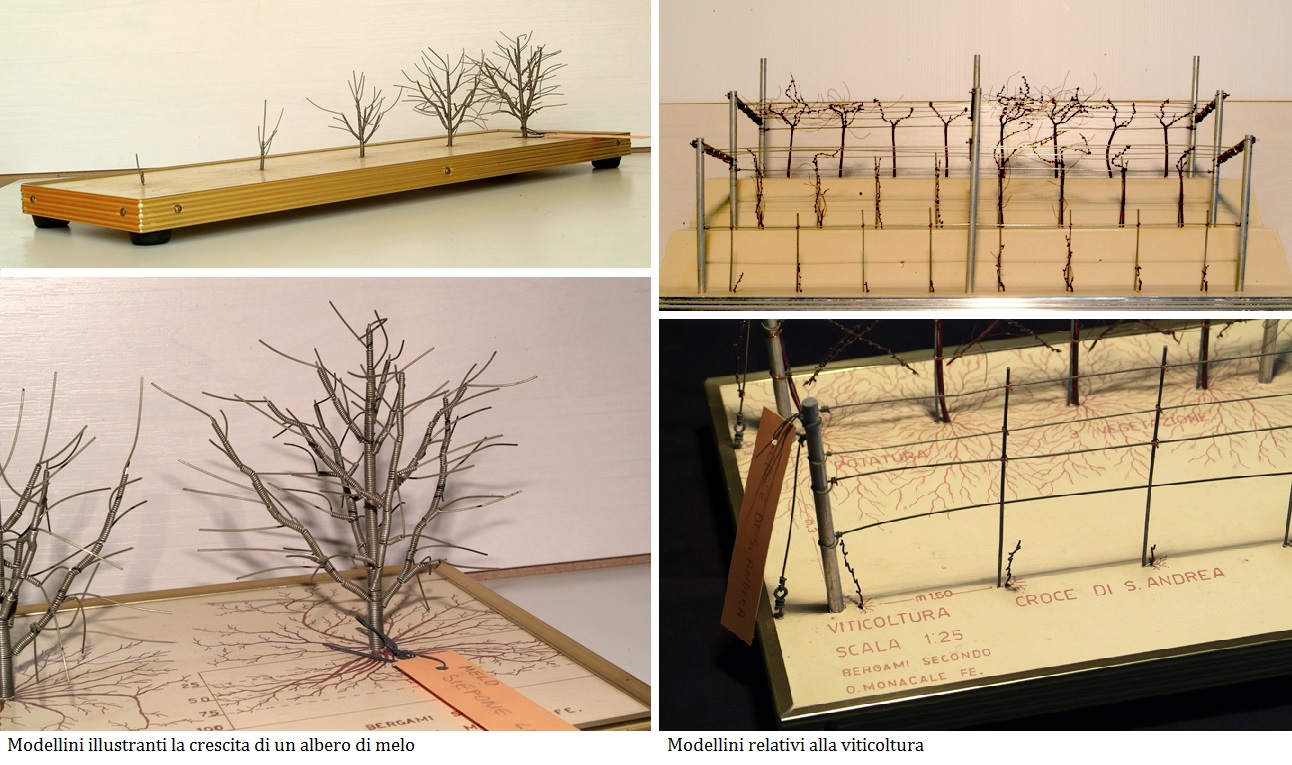Itinerary edited by the UNIVERSITY OF TUSCIA 

The interest in nature, the landscape and the arts developed in ancient times from a unified vision of knowledge which, after a long time and alongside the development of specialisms, led to a clear distinction between scientific and humanistic knowledge. The scale models reproducing tree crops - entirely handmade – belonging to the collection of the ex-Faculty of Agriculture of the University Museum System, are still used as teaching material, since they show the crops of our territories. They are also an example of Italian craftsmanship and manufacturing, no longer produced.
The agricultural landscape is constantly changing: these process is slow in the traditional farming areas, but it is more dynamical in the industrial agriculture areas. In the diversity of its forms the agricultural landscape shows its uniqueness and is recognized as part of the rural heritage, along with the architecture, local products, technical and agronomic competences.
The farmer has long been an unaware landscape architect. The planting and management systems of the several woody crops design the green architecture of the landscape that, today as in the past, is perceptible in the agricultural drainage systems, in the farming systems, in the layouts and orientation of the plant lines, in the combination of species and varieties that build up a system of relationships which contributes to create a unified image and identity of the background.
The most striking transformation of the Italian agricultural landscape has taken place as a result of the adoption of crop production models geared to maximize the yield through reduced growth genotypes and dwarfing rootstocks able to reduce the growth of plants; these innovations have deeply transformed the architecture of conventional fruit tree orchards.

Modern groves of both fruit trees and grapevine, require high density plant systems forming a wall-like shape, essential for a complete mechanization. This agronomical choice neglects the high and large vases and bulky pyramids, signing the advent of "modern" landscape. Therefore these training shapes, although are now obsolete in form and meaning, however they continue to bear witness to an important phase of the history of the Italian fruit tree systems.
